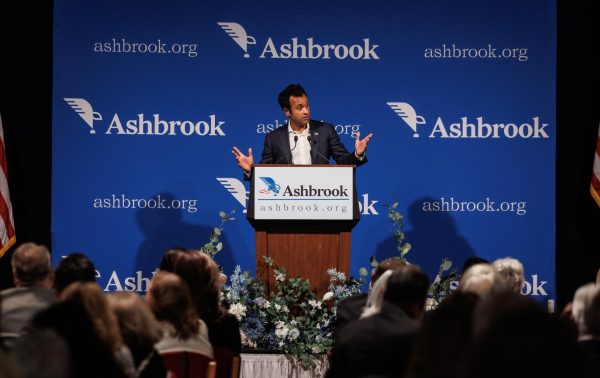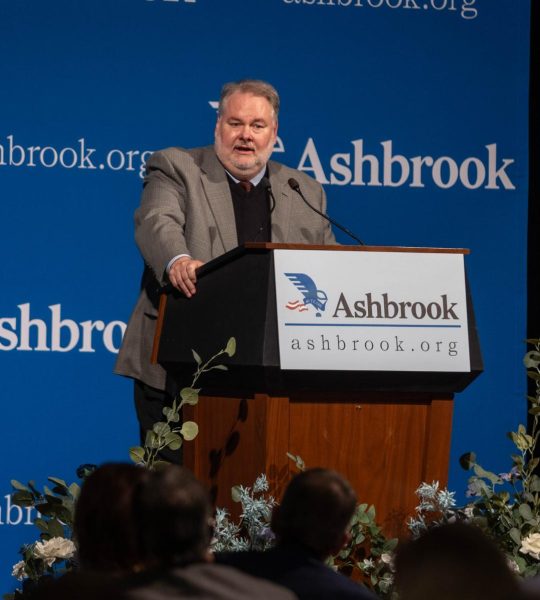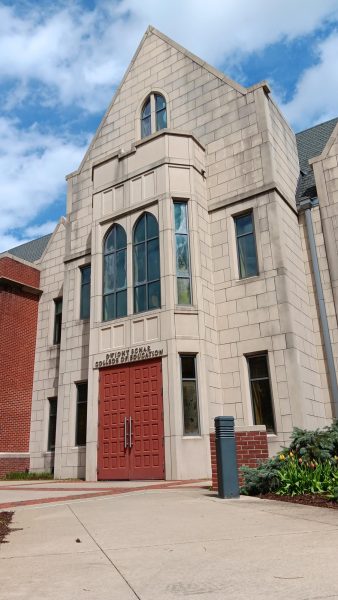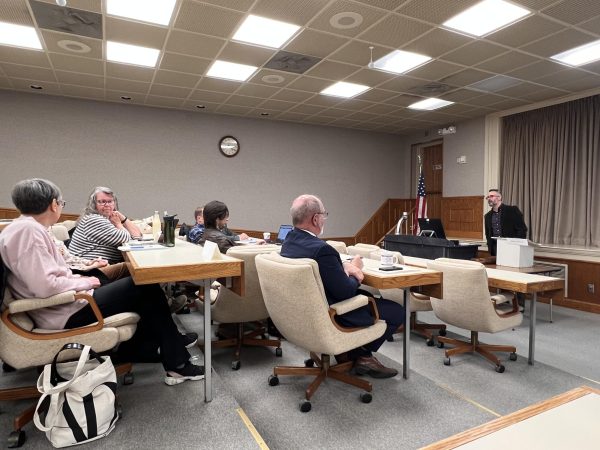Academic Prioritization report published
April 16, 2015
After nearly a year of review, research and strenuous work, the undergraduate academic prioritization report has been completed and published.
This report became public on the faculty portal last Wednesday night, and is the product of months of work from the Academic Prioritization Subcommittee (APS) of the Strategic Review Committee.
“We have worked each Thursday and most of us have given a full working day every week to this since July, August,” Howard Walters said. Walters is a professor in the College of Education, and their representative on the APS.
“It’s been debilitating, but we’ve done it.”
The report will move up to the Institutional Prioritization Committee, where it will be considered, and receive any necessary changes before it moves on to the Board of Trustees, which will make the ultimate decision on these recommendations.
However, sudden change should not be expected.
“We have, in my mind, but I think the committee would agree here, on a very small level we had a start to finish during this year heading toward this report as a product,” Walters said. “But there’s a bigger picture that people need to keep in their minds as you try to figure out what the meaning of this is and that is this is step one in a two-to-three year process. Ill-defined, but in some ways, its taking shape of a strategic recasting of AU.”
The process began with self-studies conducted by individual departments.
“As the process would go through everyone was supposed to complete self studies, the undergraduate ones were due by the end of the summer,” Dan McDonald said.
McDonald is chair of the Art department, and one of the College of Arts and Sciences representatives on the APS. “Different colleges treated them differently, some on purpose some just because of the inherent differences in colleges.”
The report categorized all of the academic programs at AU into five distinct categories; enhance, maintain, review, revisit and restructure, which included three subcategories-reorganize, reduce and discontinue.
Restructure had subcategories added during the process.
“It used to just be restructure, eliminate,” McDonald said. “That was the only position and we realized that some things needed some more flexibility but were not disposable we had to fix them because they are essential to the mission of the institution or to the financial well-being of the institution.”
In addition, biology and political science were noted as programs of distinction, a signifier brought to McDonald and the committee that is used to denote which programs can help create a strong identity for the university.“There were times in its past where [AU] was known for particular things,” McDonald said. “That’s kind of wavered, and we went through a period where it was anything goes. ‘Whatever anyone wants to do, let’s do it,’ and so the determination made by certain people was we need to be a little more stringent in what we do well…We have to know what we do well and do it really well.”
Although this report makes some clear recommendations, it is not intended to be the final word on the future of AU’s undergraduate academics, but rather to serve as a statement of where the university is currently.
“This is more of an assessment of what is and now in strategic planning we need to decide what we want it to be,” Walters said. “This sort of closes out where we are now but gives us an indication towards where we need hardest to start moving forward in a different direction and frankly it’s the healthiest thing that’s happened in this institution in a long time.”
Both Interim President William Crothers and Interim Provost Doug Fiore were not available for comment at the time of publication.











